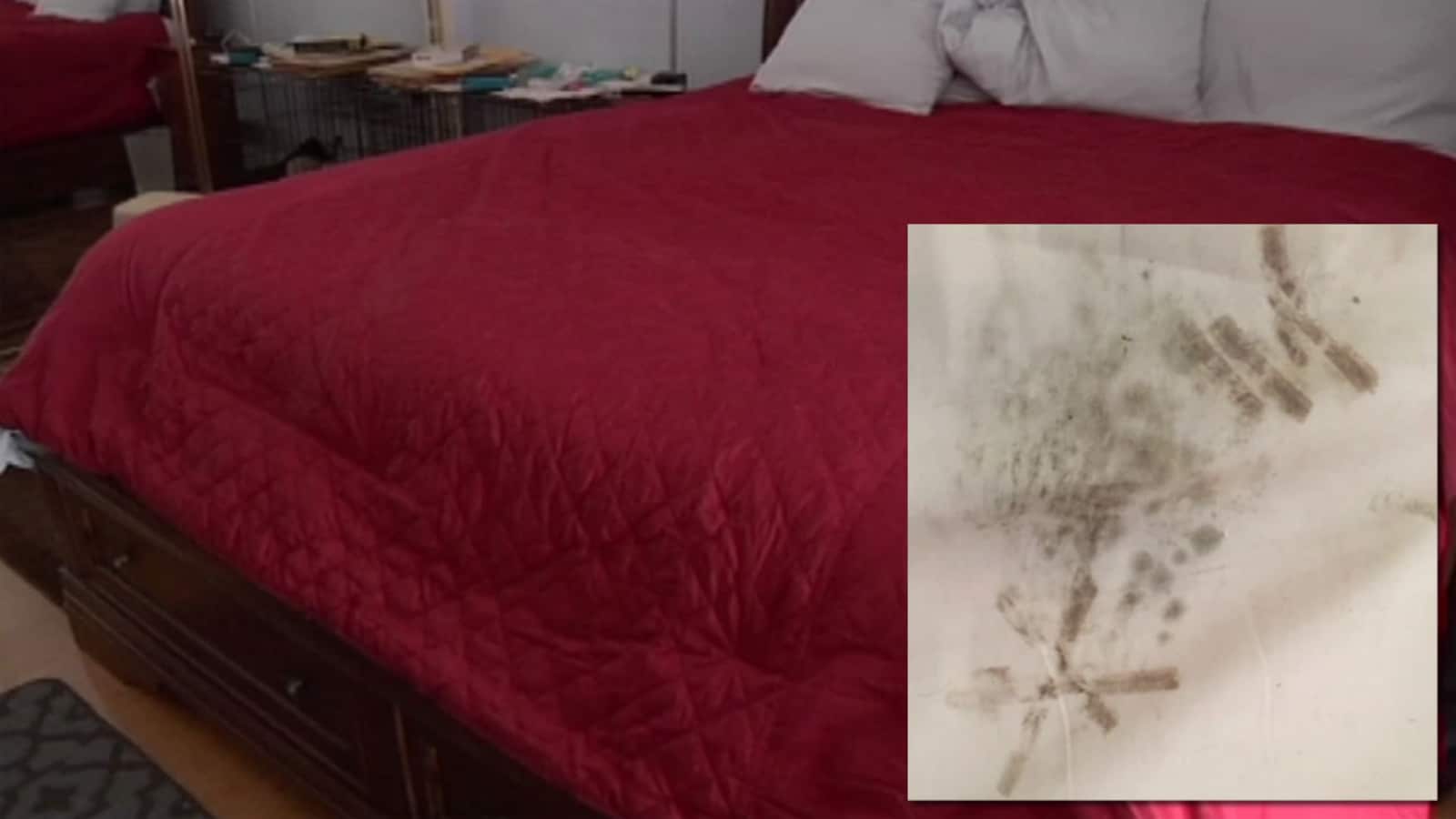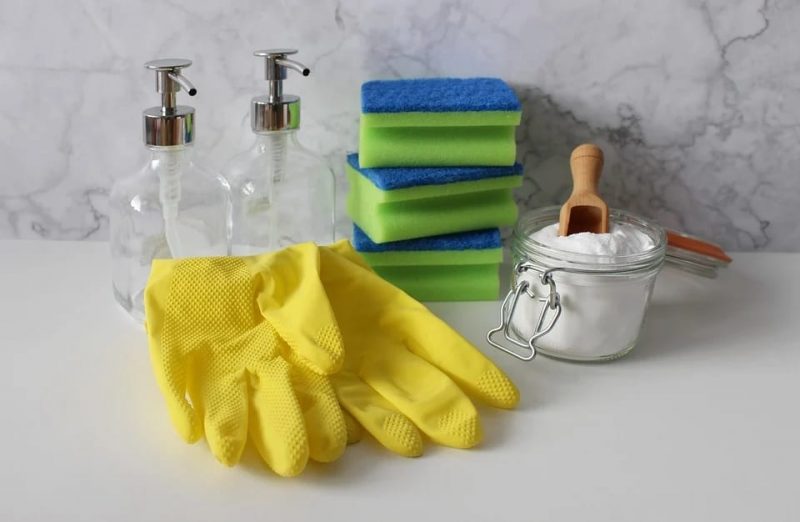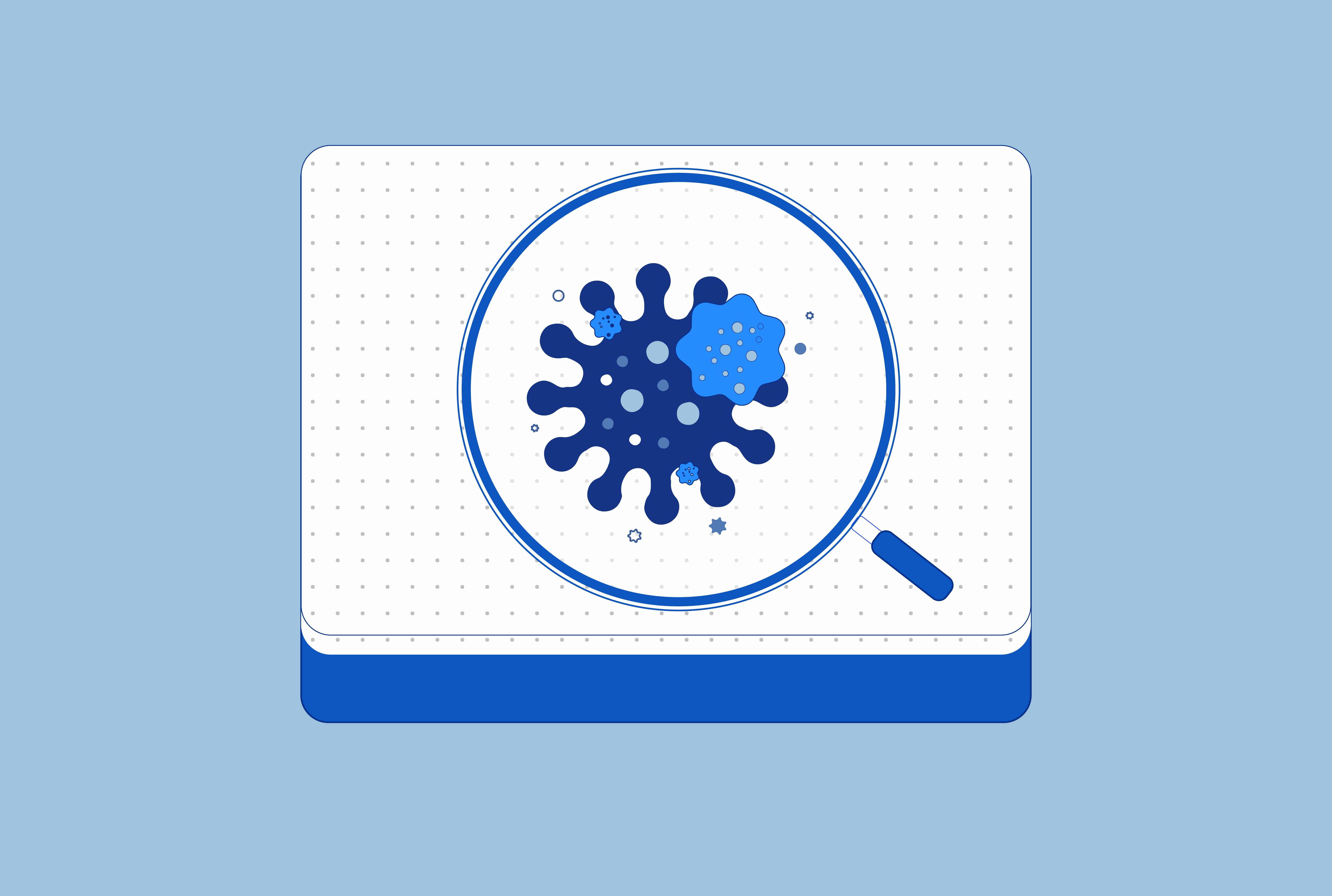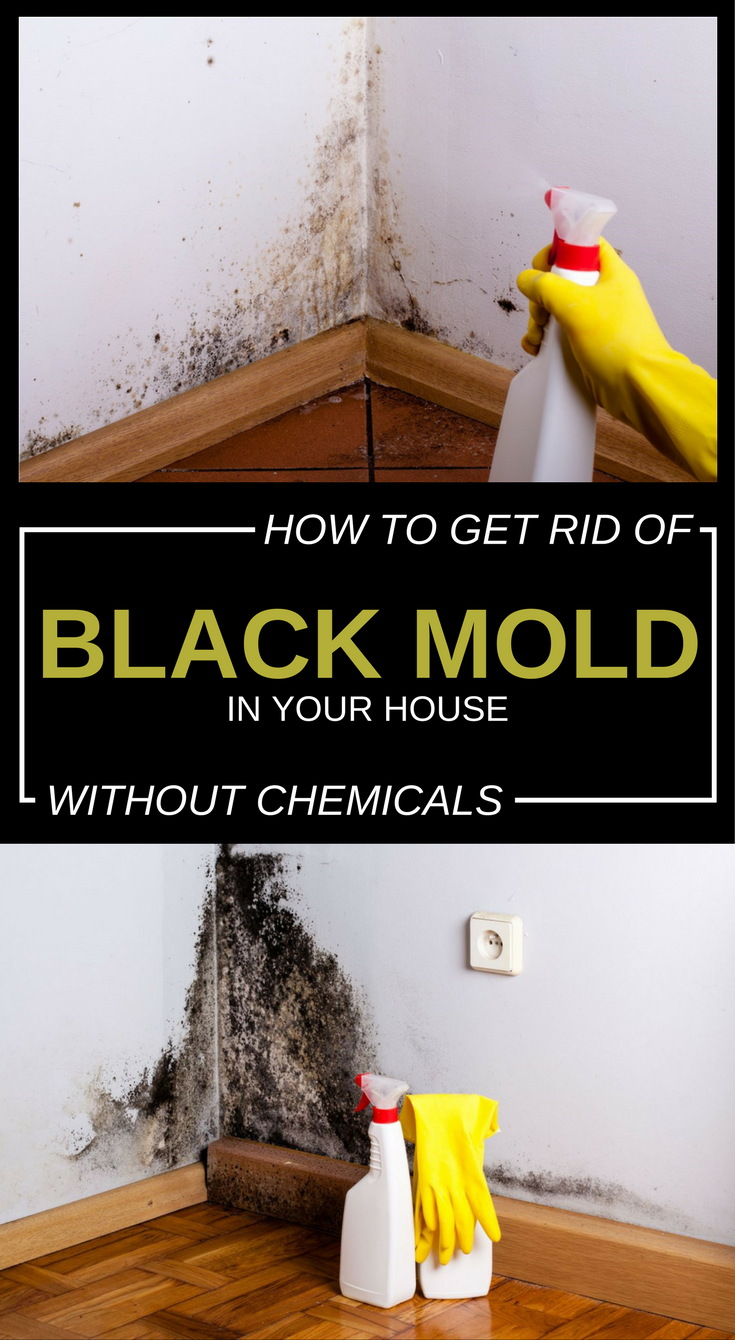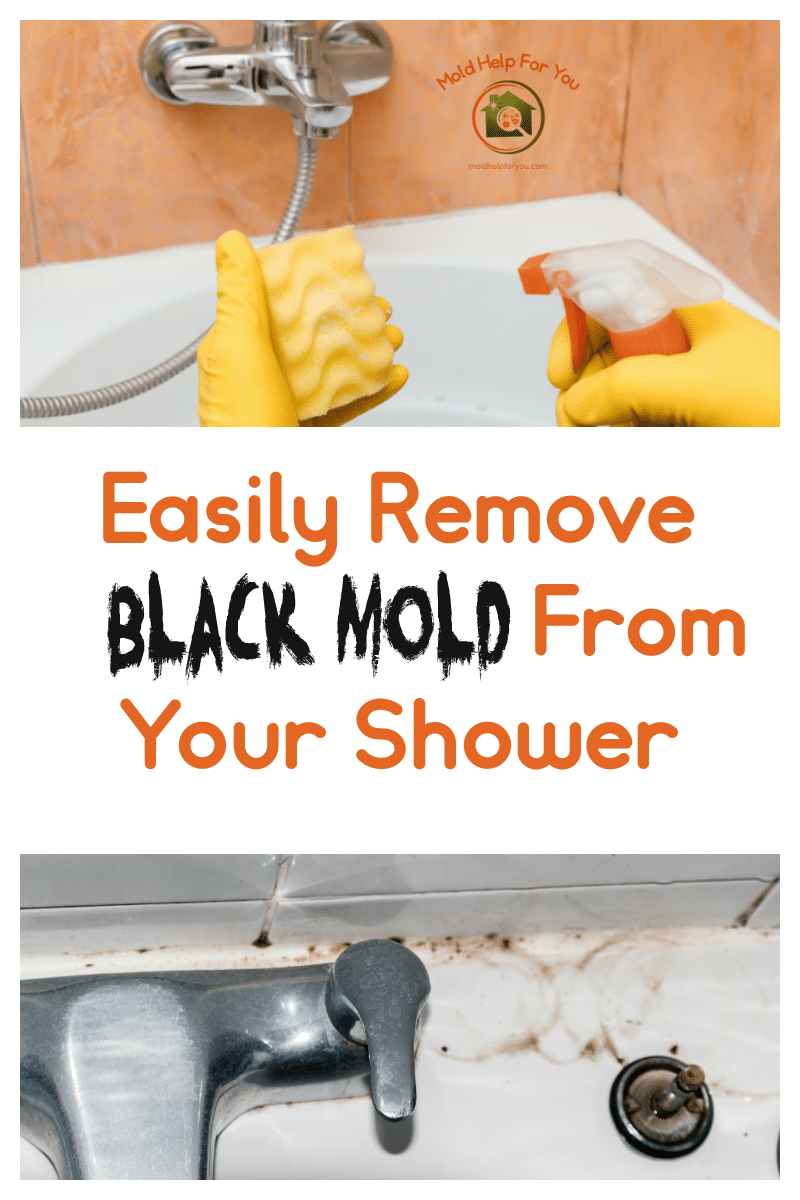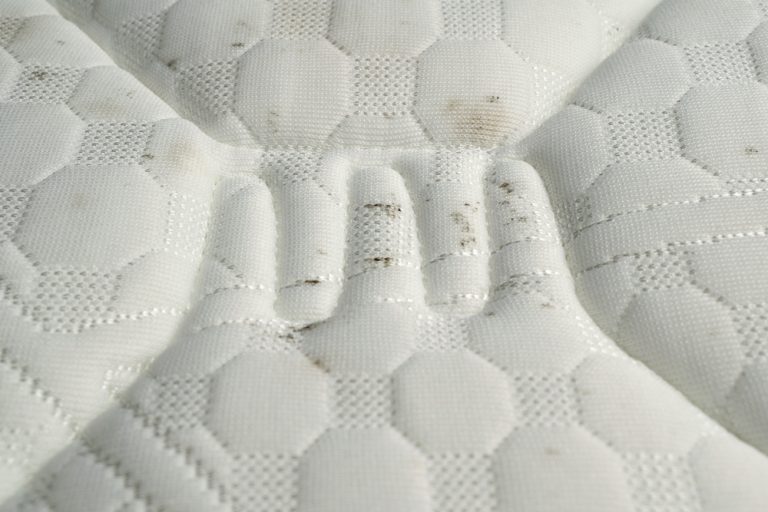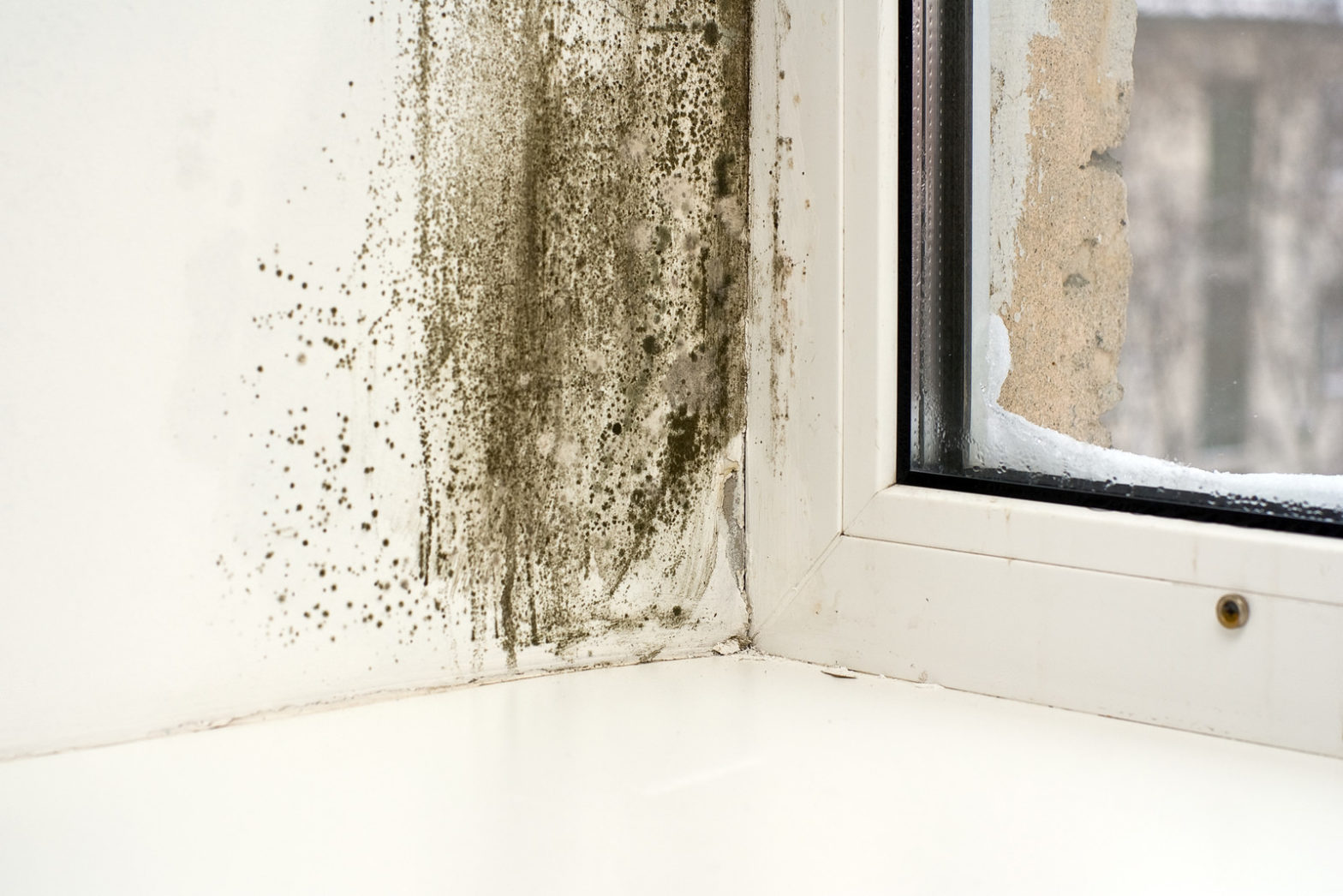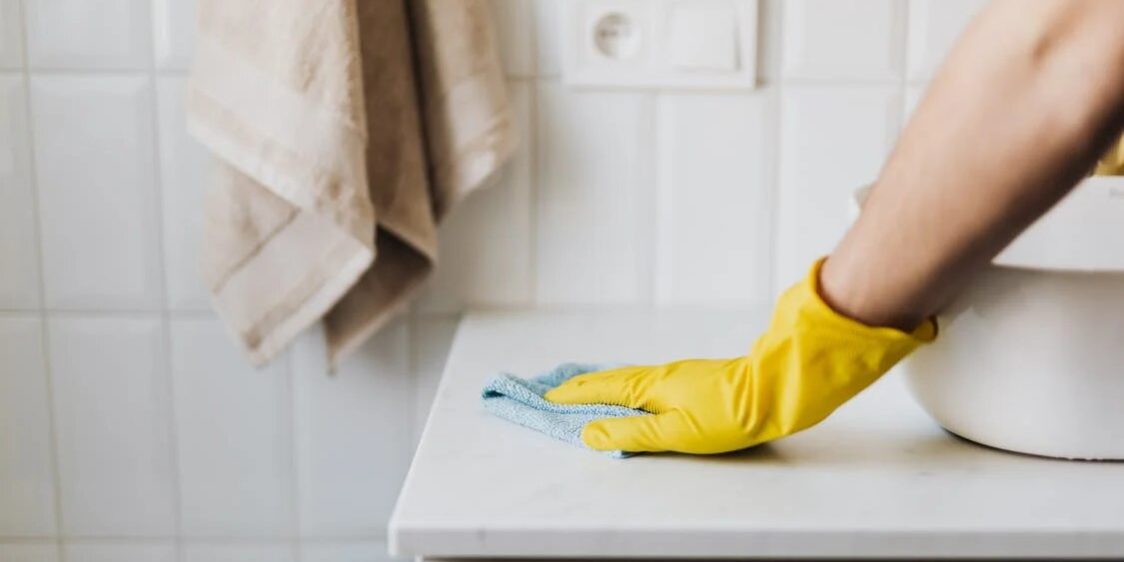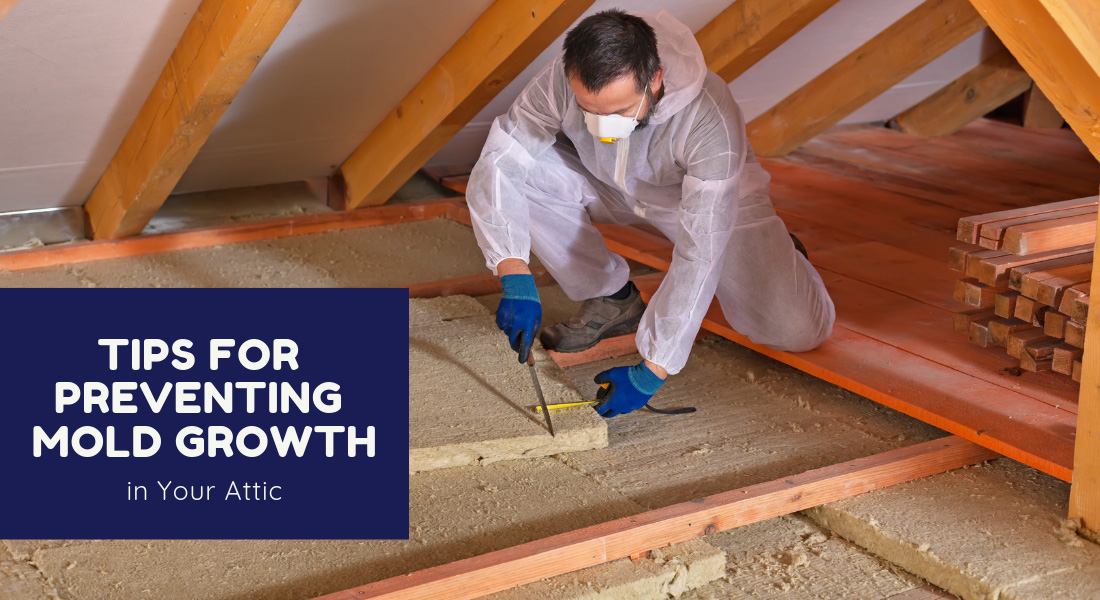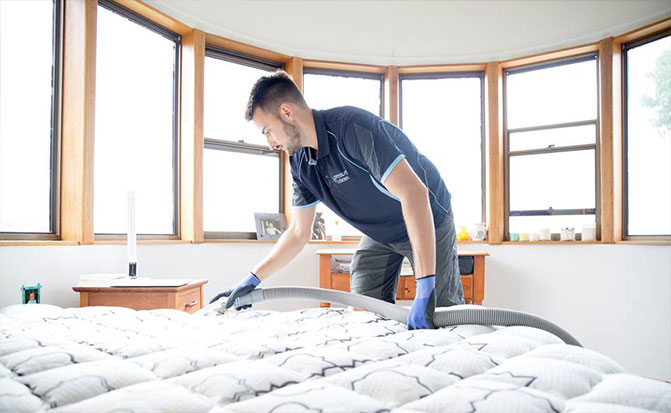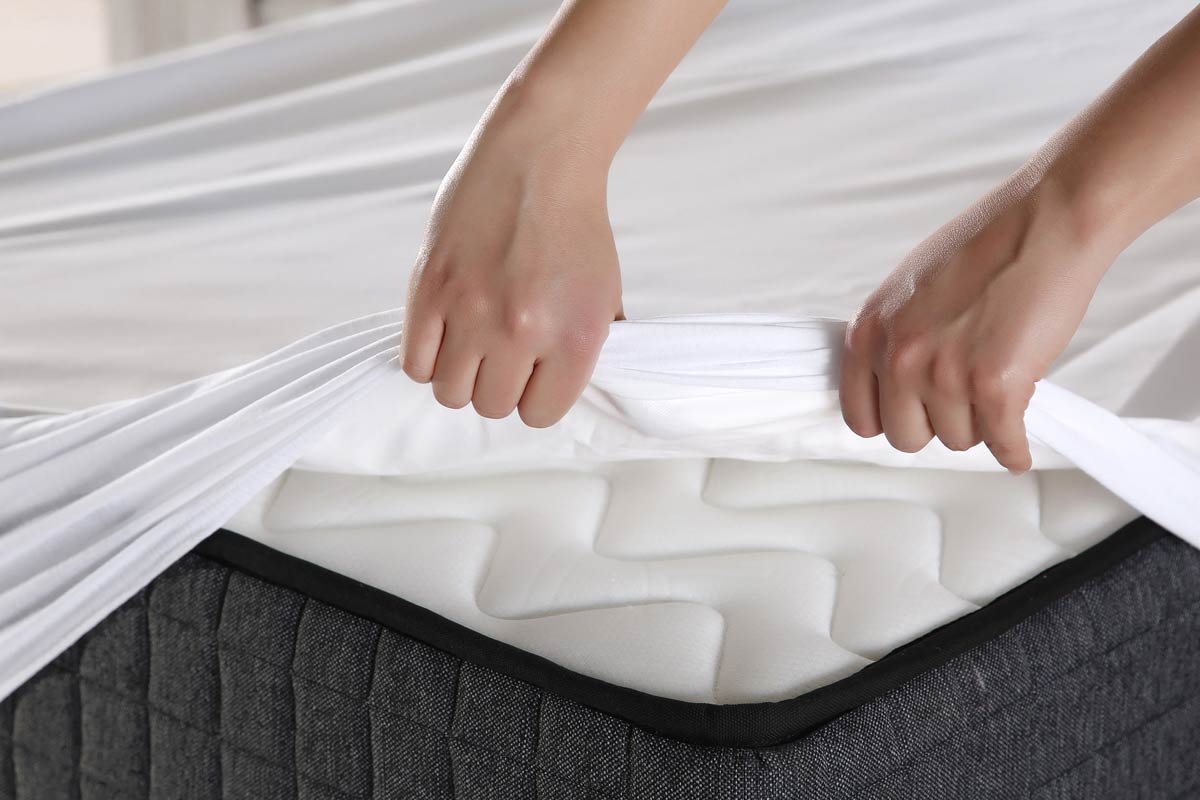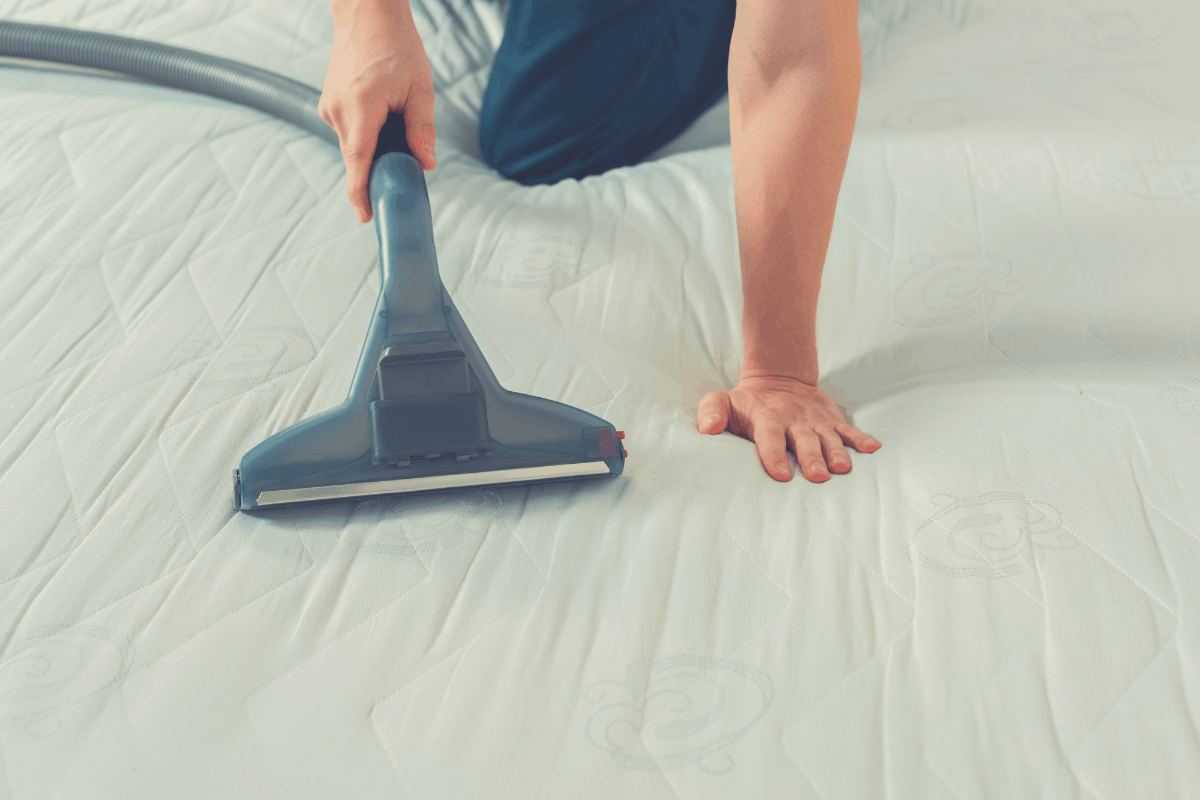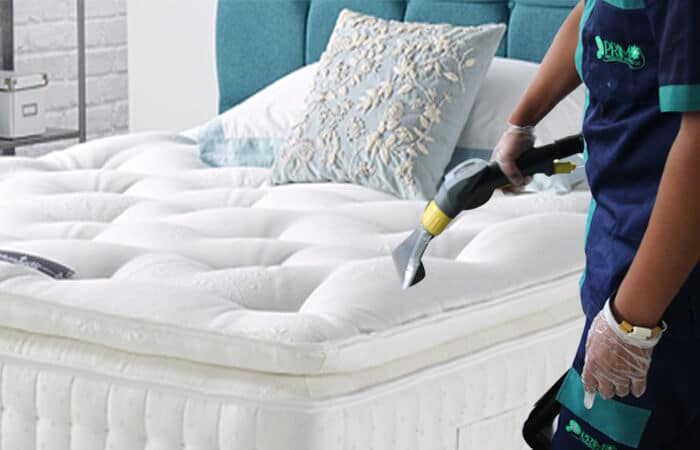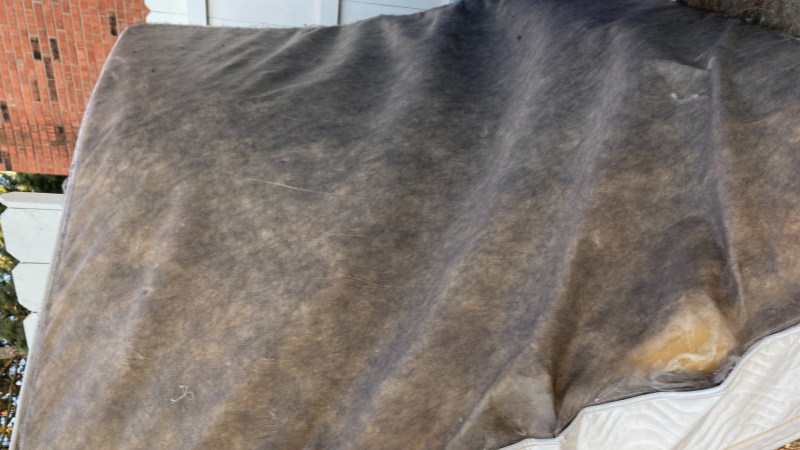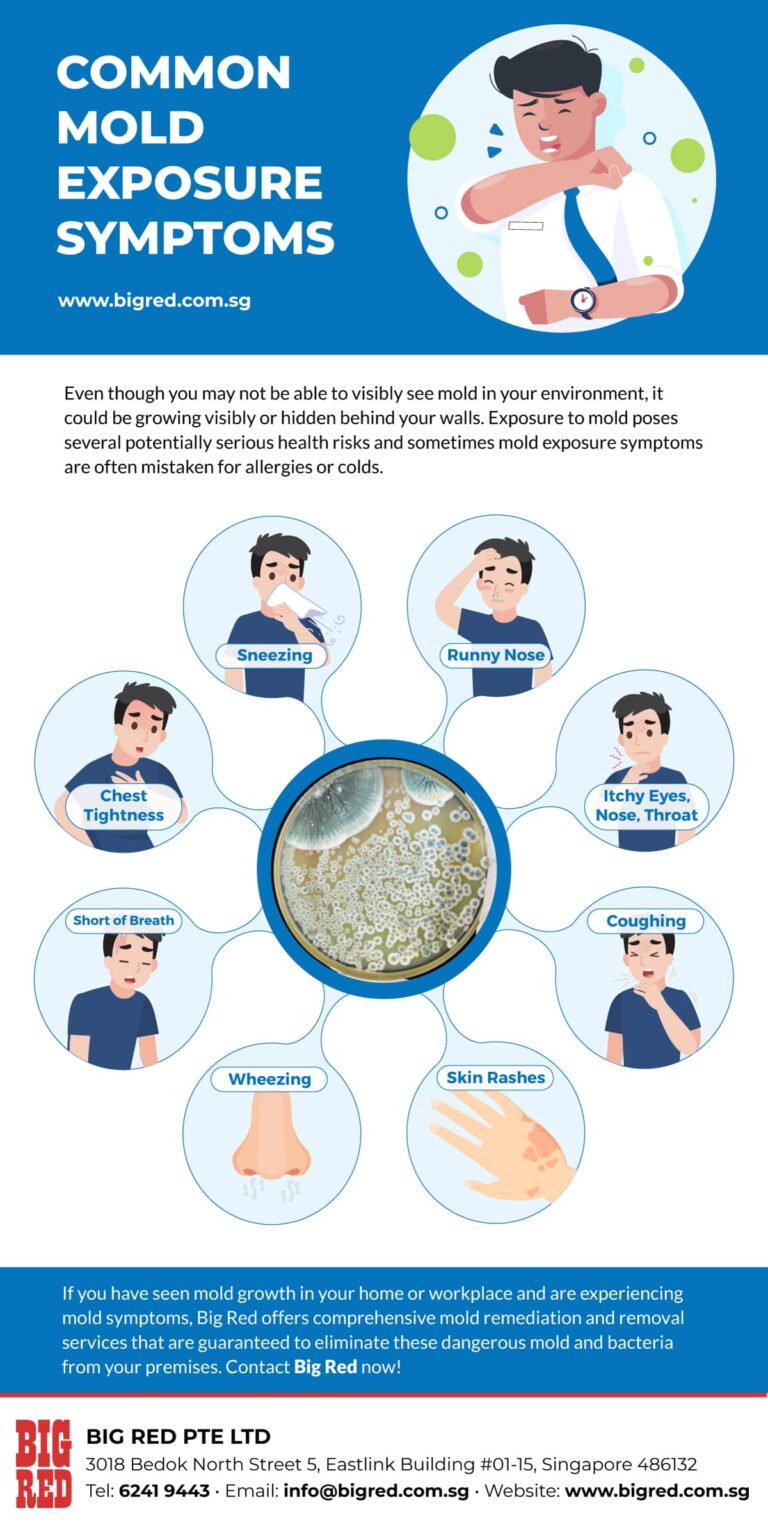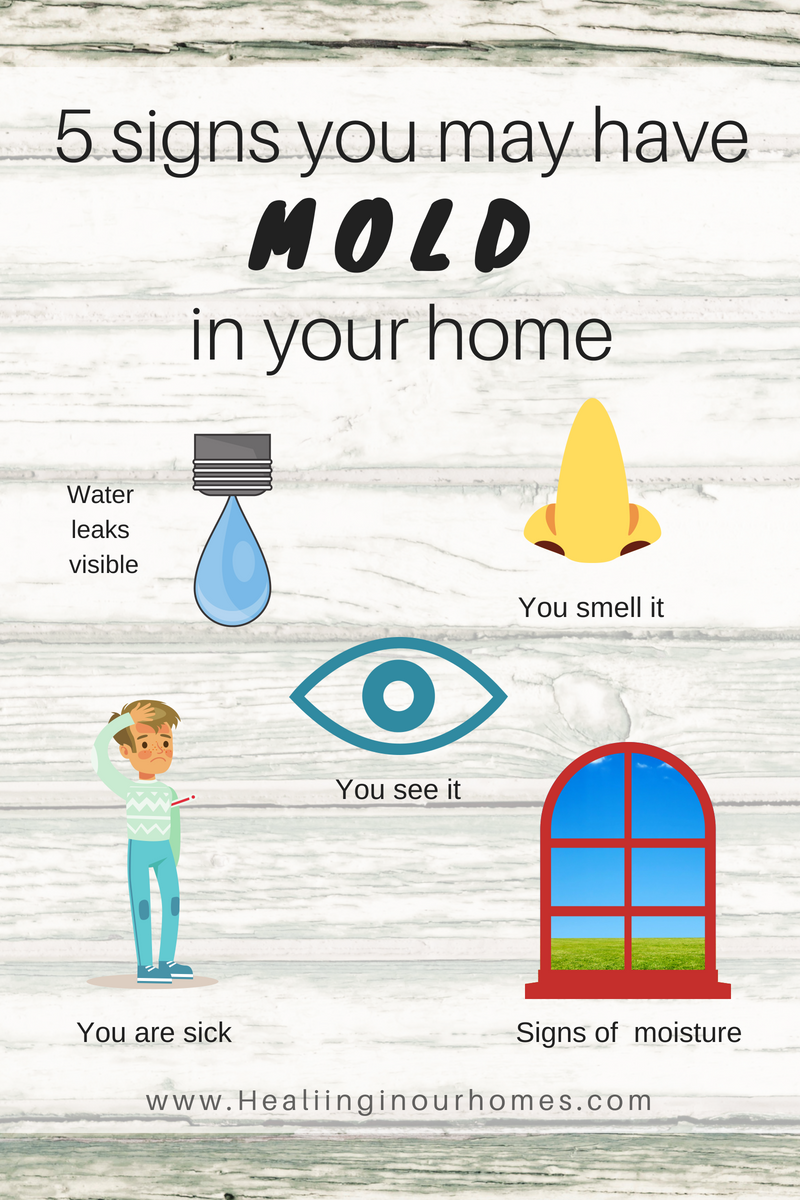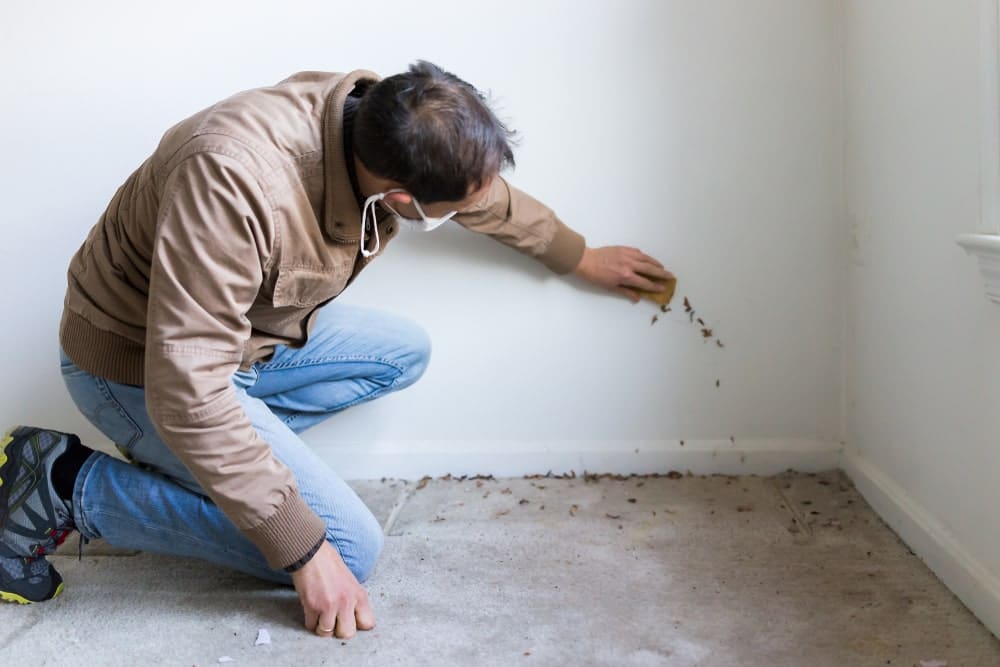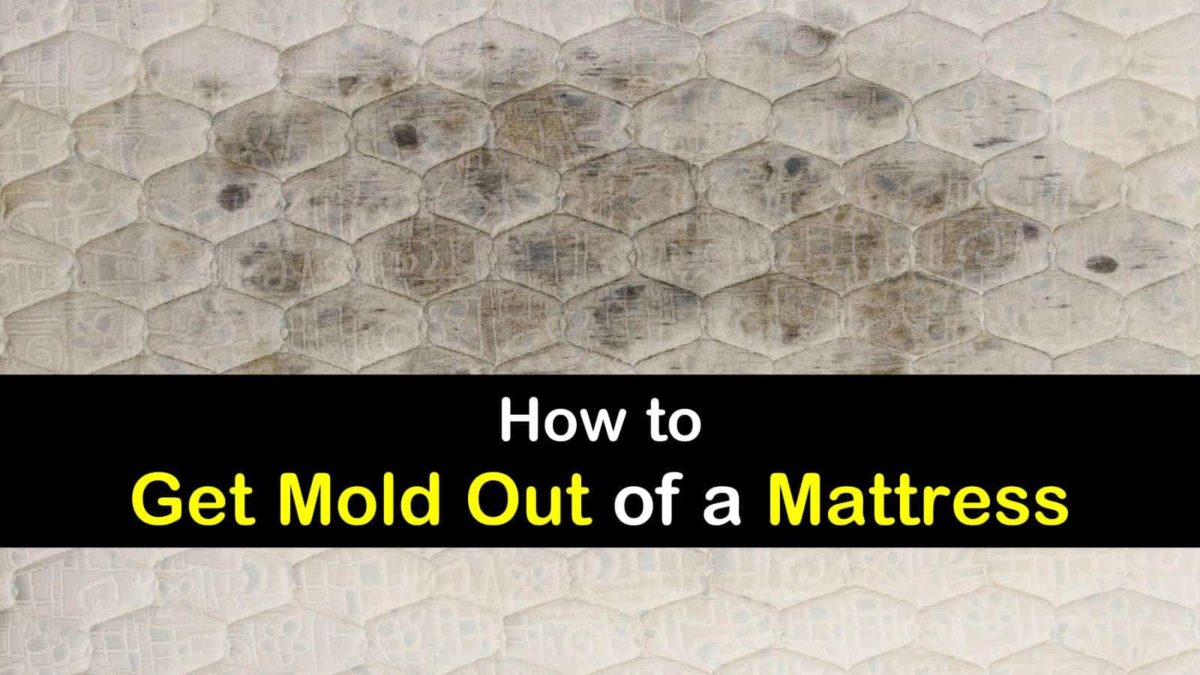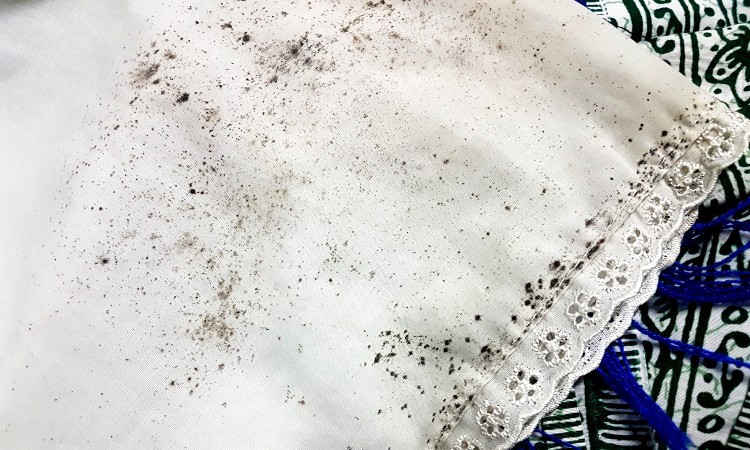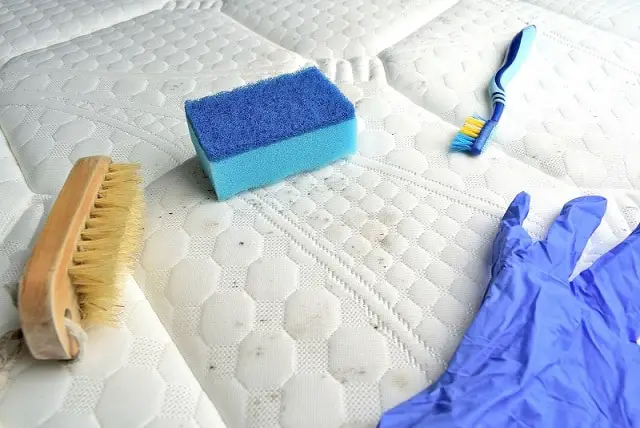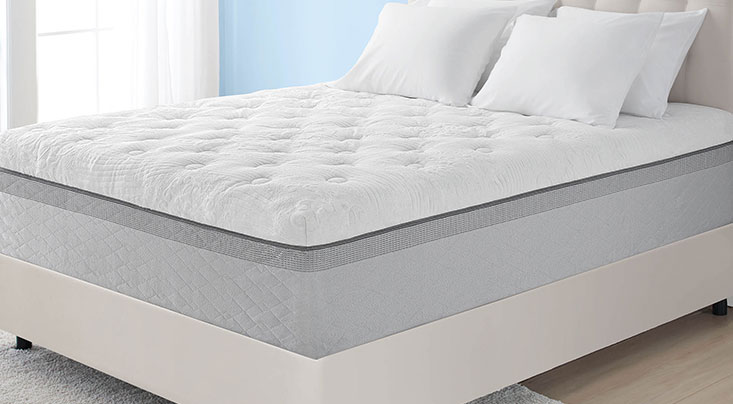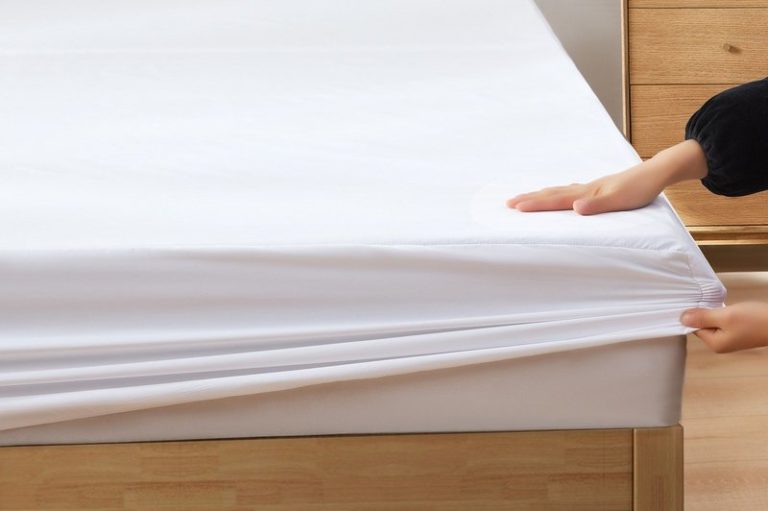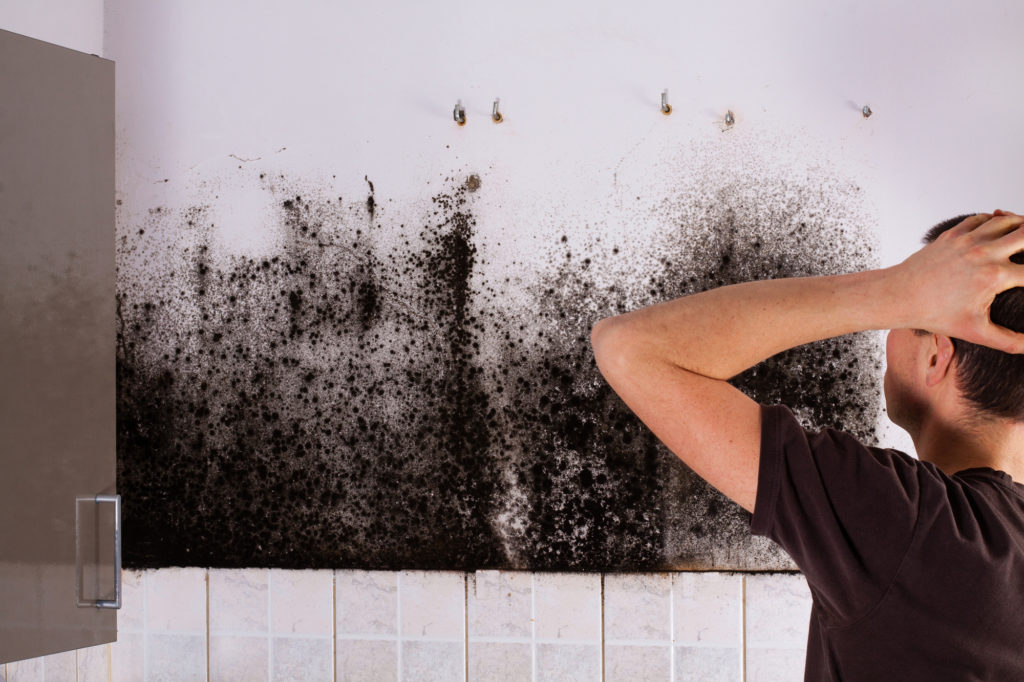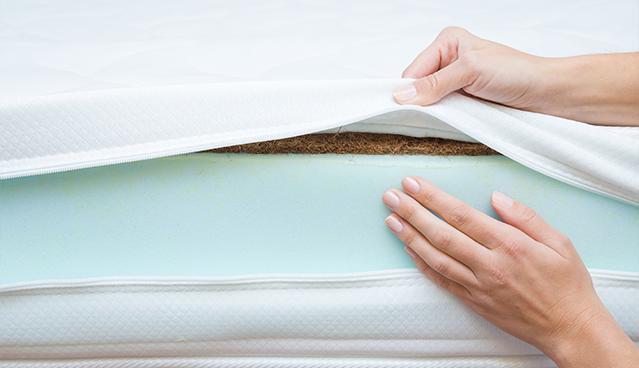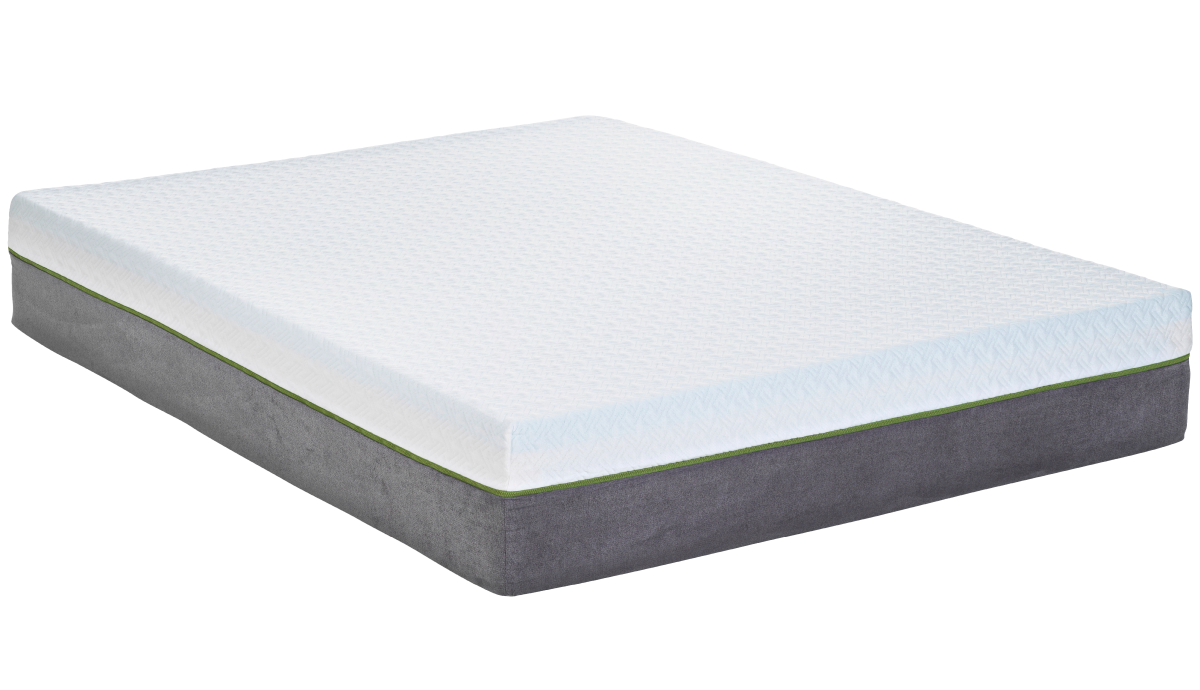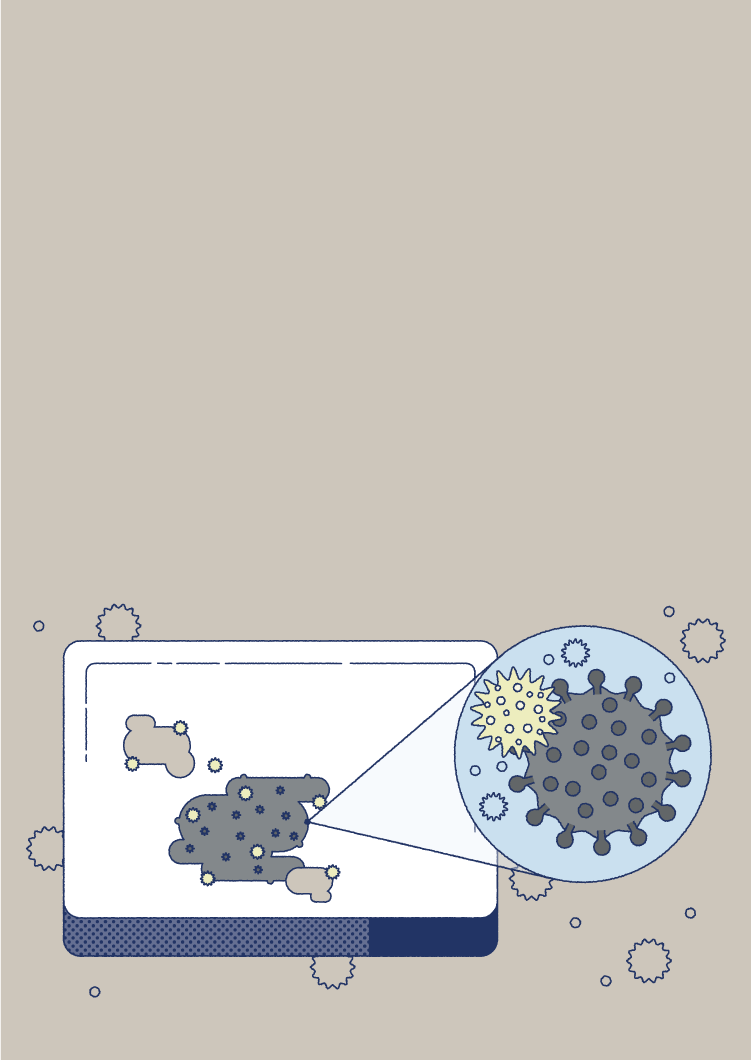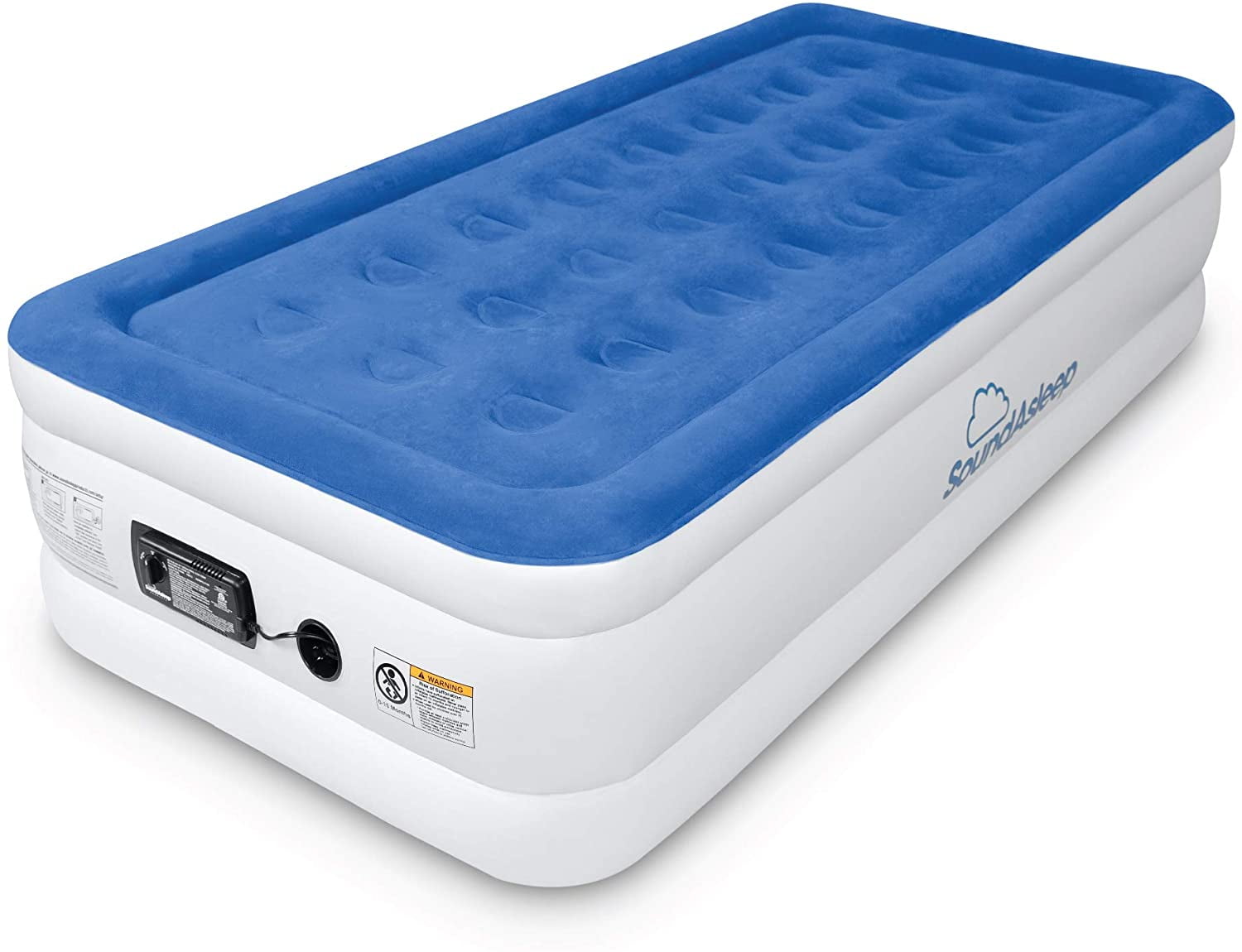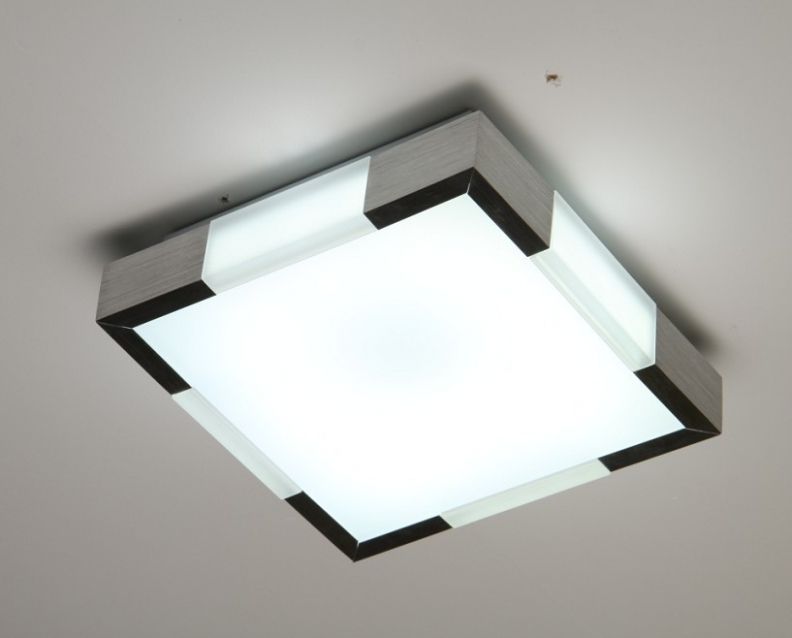If you're in the market for a new mattress, you've probably heard about the benefits of foam mattresses. They're known for their comfort and support, making them a popular choice for many people. However, one thing that may not be talked about as often is the potential for mold growth in foam mattresses. In this article, we'll take a closer look at mold in foam mattresses and what you need to know about it.Mold in Foam Mattress: What You Need to Know
Finding mold in your foam mattress can be a scary experience. Not only can it damage your mattress, but it can also lead to health issues if left untreated. The first step in getting rid of mold in your foam mattress is to identify the affected areas. Look for any discoloration or musty odors. Then, you can try using a mixture of water and vinegar to clean the area. If the mold persists, it's best to consult a professional.How to Get Rid of Mold in Your Foam Mattress
Mold in foam mattresses can pose several dangers, both to your health and to the lifespan of your mattress. Breathing in mold spores can cause respiratory issues, allergies, and other health problems. Additionally, mold can weaken the structure of your foam mattress, causing it to deteriorate and potentially leading to the need for a replacement.The Dangers of Mold in Foam Mattresses
The best way to deal with mold in your foam mattress is to prevent it from growing in the first place. The main cause of mold growth in foam mattresses is moisture, so it's important to keep your mattress dry. Make sure to use a mattress protector to prevent any spills or stains, and regularly flip and rotate your mattress to allow for proper air circulation.Preventing Mold Growth in Your Foam Mattress
Regularly cleaning and maintaining your foam mattress is key to preventing mold growth. This includes vacuuming your mattress to remove any dust and debris, and spot cleaning any spills or stains immediately. It's also important to let your mattress air out by removing the sheets and bedding and opening windows to allow for proper ventilation.Cleaning and Maintaining Your Foam Mattress to Prevent Mold
As mentioned earlier, signs of mold in a foam mattress may include discoloration or a musty odor. However, there are other signs to look out for as well. If you notice any changes in the texture or firmness of your mattress, this could be a sign of mold growth. Additionally, if you or anyone in your household experiences unexplained allergies or respiratory issues, it's worth checking your mattress for mold.Signs of Mold in Your Foam Mattress
If you notice any mold stains on your foam mattress, it's important to take action immediately. The longer you wait, the harder it will be to remove the stains. You can try using a mixture of hydrogen peroxide and water to clean the affected area, or opt for a mold-specific cleaner. It's also important to let the mattress dry completely before putting on any sheets or bedding.How to Remove Mold Stains from Your Foam Mattress
If you need to store your foam mattress for a period of time, it's crucial to do so correctly to prevent mold growth. Make sure the mattress is completely dry and clean before storing it. It's also recommended to store it in a cool, dry place with proper air circulation. Avoid storing it in a damp basement or attic, as this can increase the chances of mold growth.The Best Way to Store Your Foam Mattress to Avoid Mold
Understanding the common causes of mold in foam mattresses can help you take preventative measures. As mentioned earlier, moisture is the main culprit. This can come from spills, humidity, or even body sweat. Additionally, if your mattress is placed on a solid surface without proper ventilation, this can also contribute to mold growth.Common Causes of Mold in Foam Mattresses
If you're in the market for a new foam mattress, it's important to choose one that is mold-resistant. Look for mattresses with moisture-wicking properties, as well as those made with materials that naturally resist mold, such as latex or bamboo. It's also a good idea to read reviews and opt for a reputable brand known for quality and durability.How to Choose a Mold-Resistant Foam Mattress
Mold in Foam Mattress: A Common Problem in Modern House Design
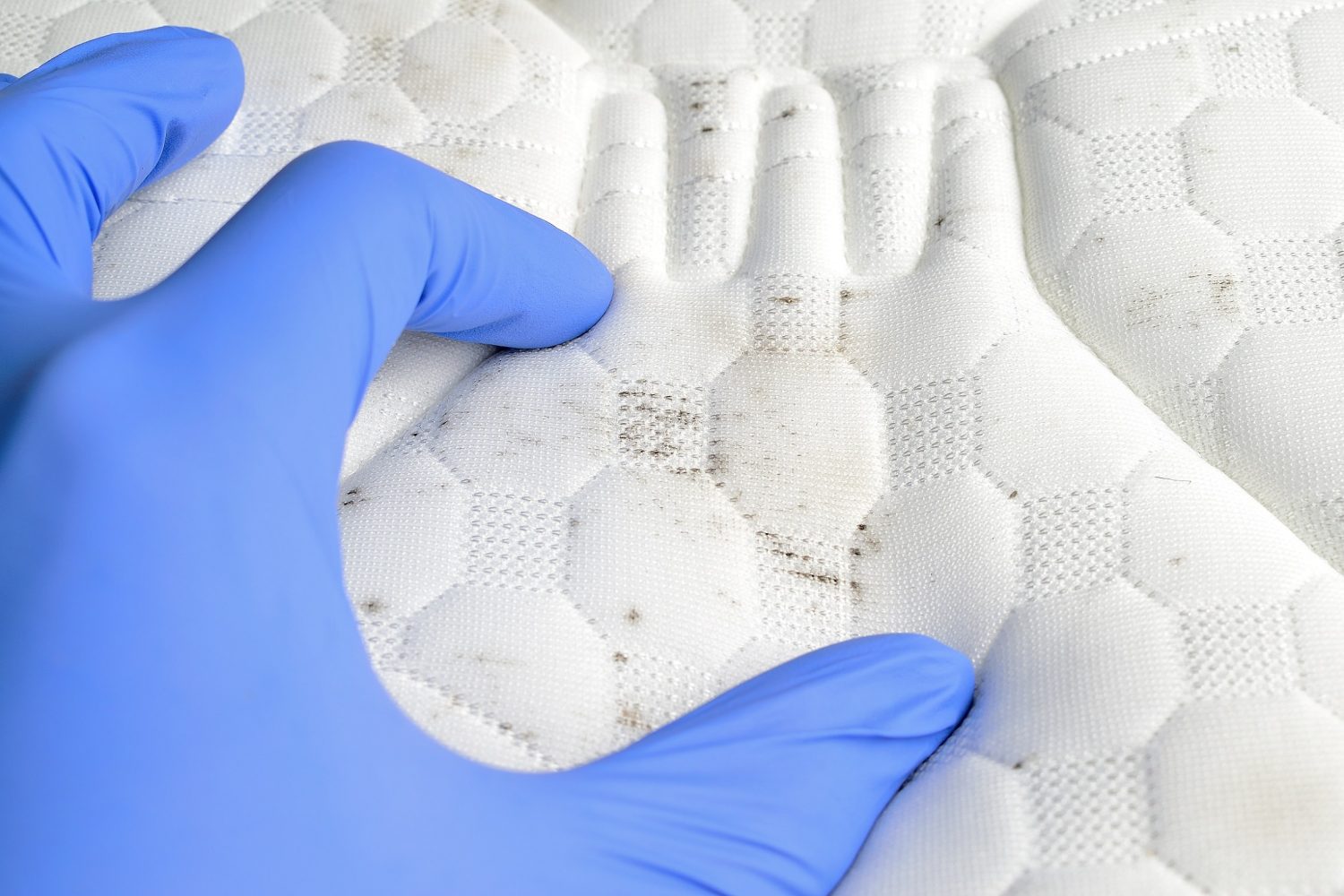
The Rise of Foam Mattresses
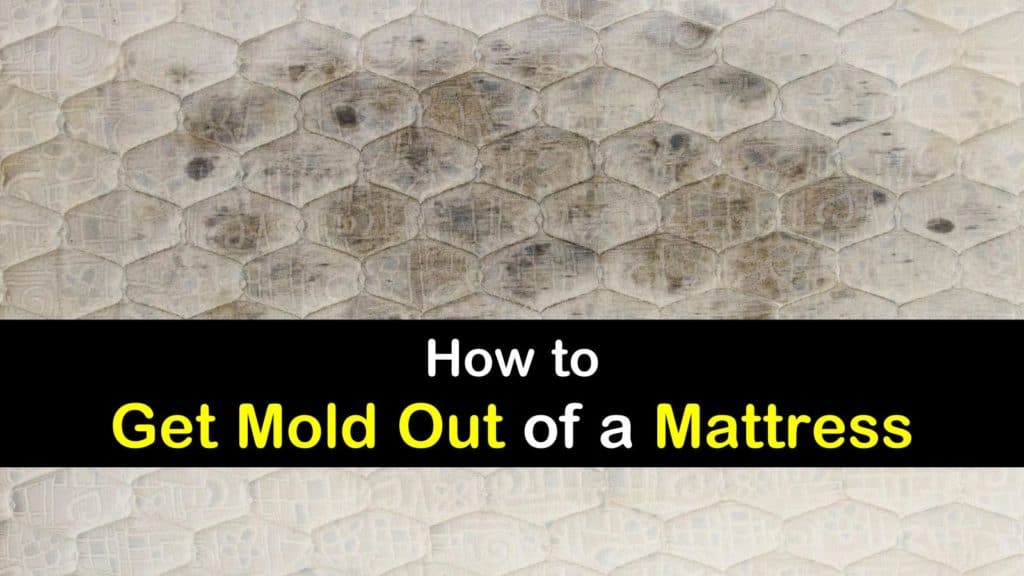 Foam mattresses have become increasingly popular in recent years, thanks to their ability to provide comfort and support for a good night's sleep. Made from materials such as memory foam, latex, or polyurethane foam, these mattresses are known for their ability to conform to the body's shape, relieving pressure points and promoting better sleep. However, with their rise in popularity, there has also been a rise in a common problem: mold.
Foam mattresses have become increasingly popular in recent years, thanks to their ability to provide comfort and support for a good night's sleep. Made from materials such as memory foam, latex, or polyurethane foam, these mattresses are known for their ability to conform to the body's shape, relieving pressure points and promoting better sleep. However, with their rise in popularity, there has also been a rise in a common problem: mold.
The Dangers of Mold in Foam Mattresses
 Mold is a type of fungus that thrives in warm, damp environments, making foam mattresses an ideal breeding ground. When exposed to moisture, mold can grow and spread quickly, releasing spores that can cause allergic reactions and respiratory issues. Not only can mold in your foam mattress affect your health, but it can also damage the integrity and lifespan of the mattress itself.
Mold is a type of fungus that thrives in warm, damp environments, making foam mattresses an ideal breeding ground. When exposed to moisture, mold can grow and spread quickly, releasing spores that can cause allergic reactions and respiratory issues. Not only can mold in your foam mattress affect your health, but it can also damage the integrity and lifespan of the mattress itself.
The Causes of Mold in Foam Mattresses
 There are several reasons why mold may grow in a foam mattress. One of the most common causes is improper care and maintenance. If a mattress is not cleaned and dried properly, moisture can get trapped inside, creating the perfect environment for mold to grow. Additionally, if a foam mattress is placed on a solid platform without proper ventilation, condensation can occur, leading to mold growth.
There are several reasons why mold may grow in a foam mattress. One of the most common causes is improper care and maintenance. If a mattress is not cleaned and dried properly, moisture can get trapped inside, creating the perfect environment for mold to grow. Additionally, if a foam mattress is placed on a solid platform without proper ventilation, condensation can occur, leading to mold growth.
Preventing and Treating Mold in Foam Mattresses
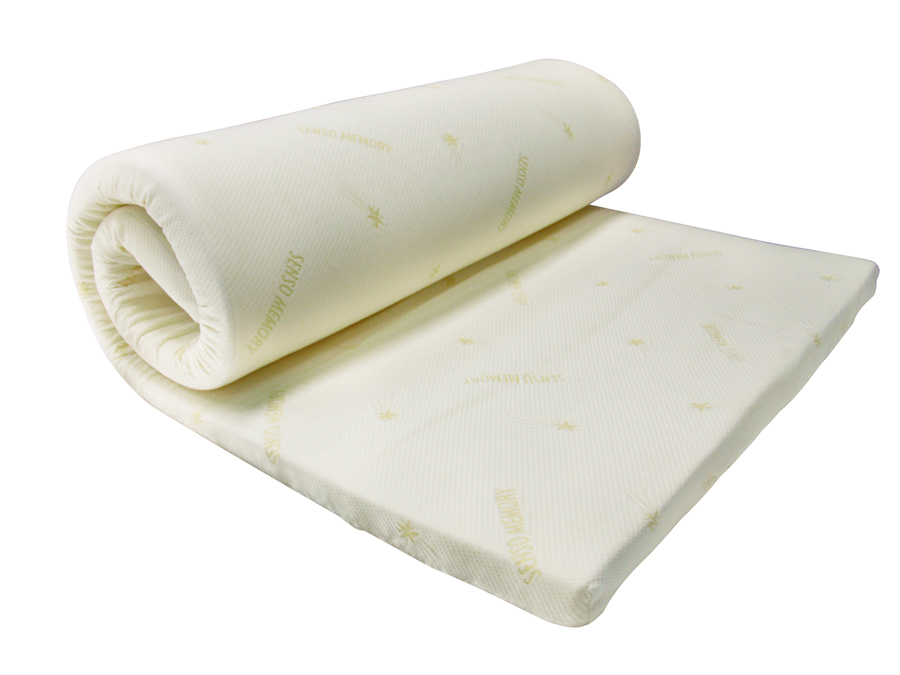 Fortunately, there are steps you can take to prevent and treat mold in your foam mattress. Firstly, make sure to read and follow the manufacturer's instructions for cleaning and maintaining your mattress. Regularly vacuuming and airing out your mattress can also help prevent mold growth. In case of mold, it is important to address the issue immediately. You can clean the affected area with a mixture of vinegar and water, or use a mildew and mold cleaner. However, if the mold has spread extensively, it may be best to replace the mattress altogether.
In Conclusion
, foam mattresses have revolutionized the way we sleep, but they do come with the risk of mold growth. By understanding the causes and taking preventative measures, you can ensure that your foam mattress remains a safe and comfortable place to rest. Remember to regularly clean and maintain your mattress, and if you do encounter mold, address it promptly. With proper care, you can enjoy the benefits of a foam mattress without the worry of mold.
Fortunately, there are steps you can take to prevent and treat mold in your foam mattress. Firstly, make sure to read and follow the manufacturer's instructions for cleaning and maintaining your mattress. Regularly vacuuming and airing out your mattress can also help prevent mold growth. In case of mold, it is important to address the issue immediately. You can clean the affected area with a mixture of vinegar and water, or use a mildew and mold cleaner. However, if the mold has spread extensively, it may be best to replace the mattress altogether.
In Conclusion
, foam mattresses have revolutionized the way we sleep, but they do come with the risk of mold growth. By understanding the causes and taking preventative measures, you can ensure that your foam mattress remains a safe and comfortable place to rest. Remember to regularly clean and maintain your mattress, and if you do encounter mold, address it promptly. With proper care, you can enjoy the benefits of a foam mattress without the worry of mold.



